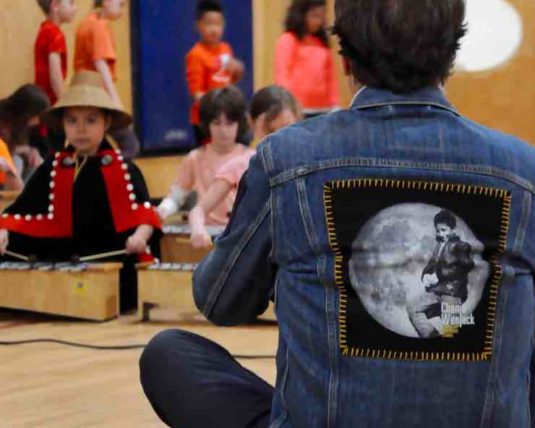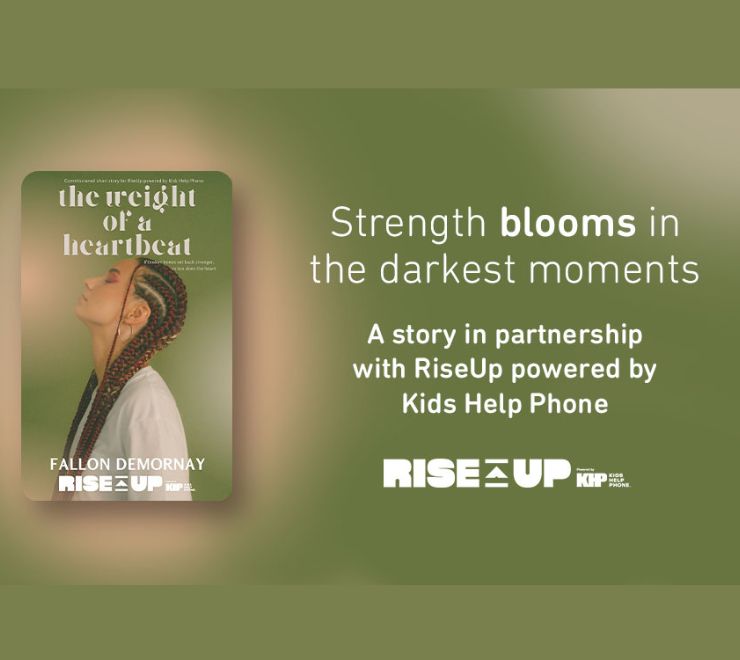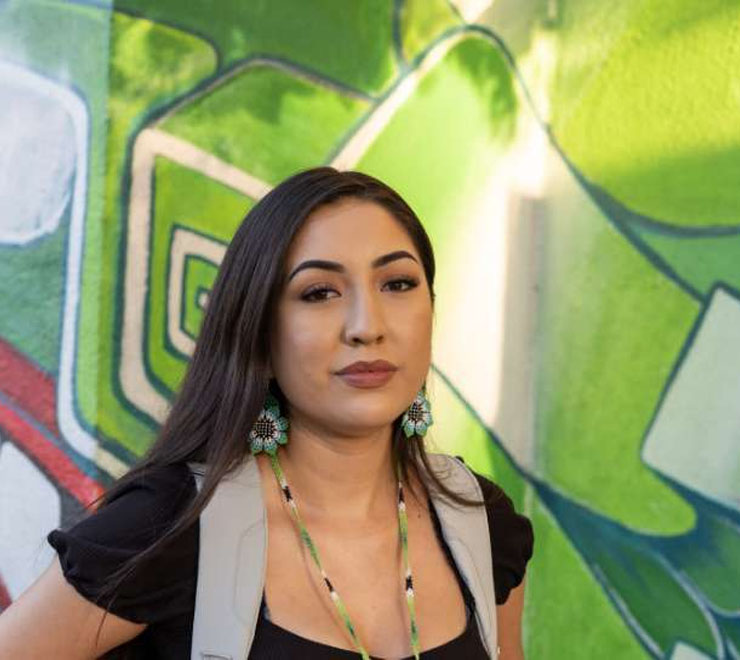Here, Kids Help Phone shares information about cultural and systemic racism. We also discuss how everyone can strengthen their cultural awareness to help reduce racism in everyday life.
Cultural and systemic racism — what are they?
A person experiences racism when they’re treated unfairly because of their race (or perceived race), ethnicity and/or culture. When one person directs their negative attitudes toward a person or group, we generally refer to it as individual racism. However, racism can also take shape in more subtle, unconscious and collective ways. Cultural and systemic forms of racism include:
- the things we see in the media (e.g. movies, ads, etc.)
- the social practices around us (e.g. policies and systems related to money, work, education, health care, etc.)
These things tend to represent and celebrate the values of a privileged group (e.g. white people, etc.) and negatively affect the safety and well-being of historically oppressed groups (e.g. Black folks, Indigenous peoples, People of Colour, etc.).
People may experience racism and discrimination based on different aspects of who they are. These experiences may also lead to negative impacts on self-esteem, opportunities, relationships, quality of life and more.
What are the origins of cultural and systemic racism?
Cultural and systemic racism are complex phenomena. They began in the history of colonialism, slavery and the domination of white people upon racialized groups. Privileged citizens in the dominant group took unearned power and defined the rules of society. As a result, people in the non-dominant groups were oppressed, stigmatized and underrepresented. This system is still in place in our society today, where stereotypes, prejudice and discrimination continue to be a part of how our society is set up.
How can I recognize cultural and systemic racism?
Cultural and systemic racism are everywhere. They can be tricky to recognize if you don’t know what to look for, or don’t experience them. And sometimes, the things people hear, say and/or do can be hurtful to people — whether the person doing it realizes it or not.
To spot cultural and systemic racism, you can strengthen your cultural awareness. Cultural awareness is like a muscle you can train to learn about and recognize things you may not have noticed before. These things include the diverse perspectives and experiences everyone in the world has, which contribute to a more equitable society.
How can I strengthen my cultural awareness?
Here are some things you can try to strengthen your cultural awareness:
The concept of privilege can vary depending on the context. In any circumstance, you may find you have some advantages compared to someone else. It could be because of your:
- cultural background
- social status
- appearance, including skin colour
- financial background
- gender identity
- sexual orientation
- legal status
- abilities
- etc.
In order to appreciate the experiences of people who don’t have the same privileges as you, it’s important to be aware of your own position and biases.
Cultural and systemic racism often appear in everyday behaviours. These behaviours can make people belonging to racialized groups feel as if they’re inferior — when in fact, they’re not. People who perpetuate cultural and systemic racism may not even notice they’re doing it. They may think their behaviour is normal and/or be unaware they’re hurting people by treating them in an offensive or demeaning way.
Training your brain to identify racism can help you be a more active participant in fighting it. Some examples of racism in everyday life include:
- a person assuming that someone with certain physical characteristics is more likely to do something illegal
- a staff member at a post-secondary school denying admission to someone based on the look and/or sound of their name
- a social worker placing a young person in foster care because they belong to a certain group
Where can I learn more?
By recognizing your privileges and identifying racism in everyday life, you can learn to reflect on cultural and systemic racism in a way that involves both your personal experiences and the experiences of people around you. This can help you strengthen your cultural awareness muscle and help to reduce racism.
Cultural and systemic racism are complex topics. You can explore some related resources below.
Resources about cultural and systemic racism you can read:
- Systemic Racism: What it looks like in Canada and how to fight it (University of British Columbia)
- Forms of Racism (Alberta Civil Liberties Research Centre)
- The Micropedia of Microaggressions (The Micropedia)
- Being Antiracist (National Museum of African American History and Culture, U.S. resource)
Resources about cultural and systemic racism you can watch:
- What Is Privilege? (As/Is, U.S. resource)
- Legos and the 4 I’s of Oppression (Eliana Pipes, U.S. resource)
- Intersectionality 101 (Teaching Tolerance, U.S. resource)
- Kids Explain Intersectionality (Supporting Our Youth (SOY))
Resources from Kids Help Phone:
I have learned that in order to bring about change, you must not be afraid to take the first step. We will fail when we fail to try. Each and every one of us can make a difference.
— Rosa Parks
No matter how you identify and your lived experience, you can start a personal journey to reflect on your privileges and the ways cultural and systemic racism affect your life and the lives of those around you.


















